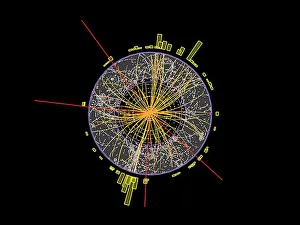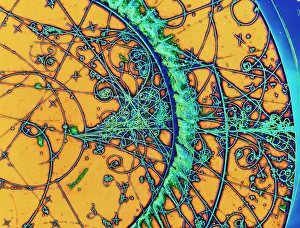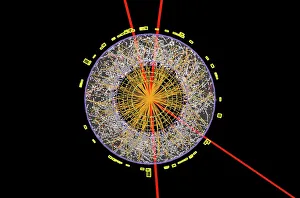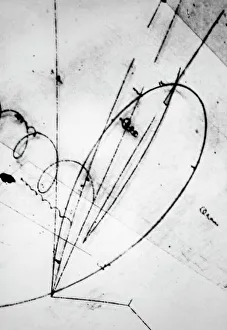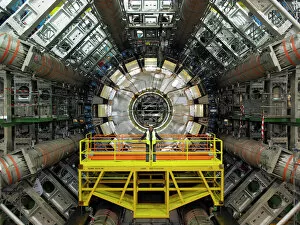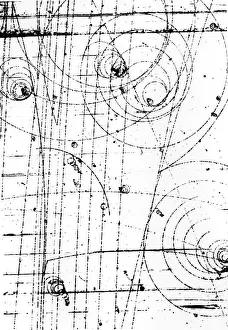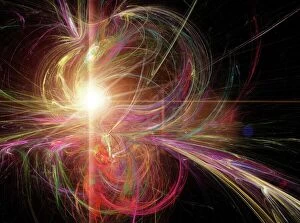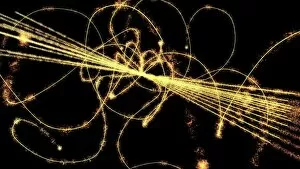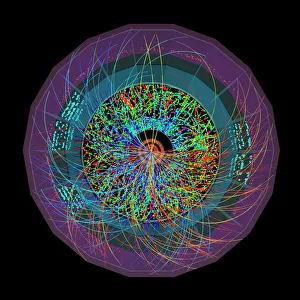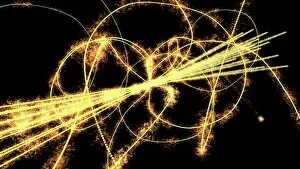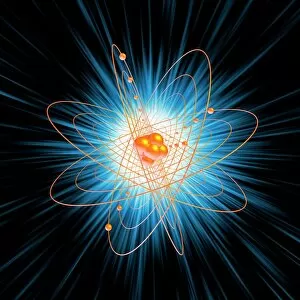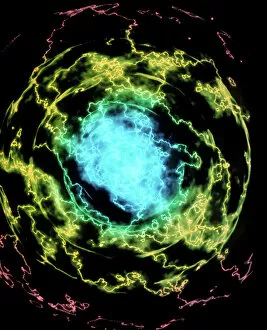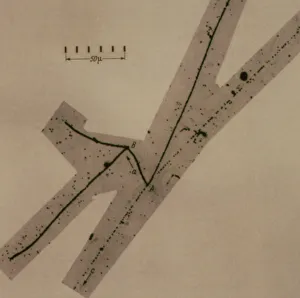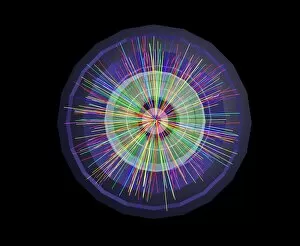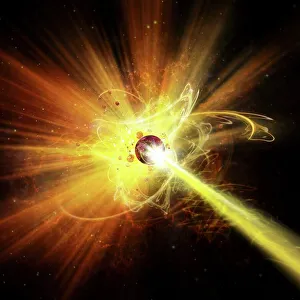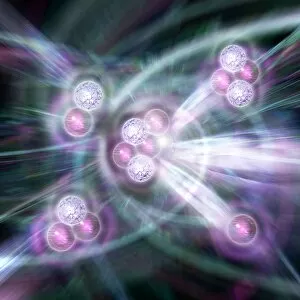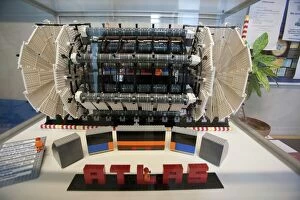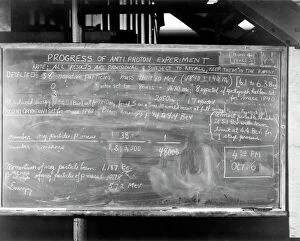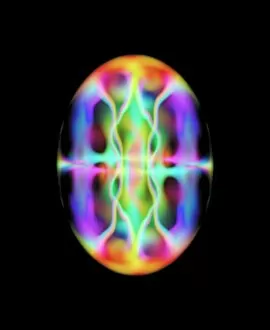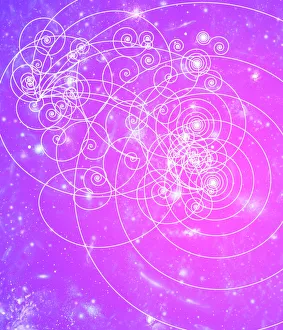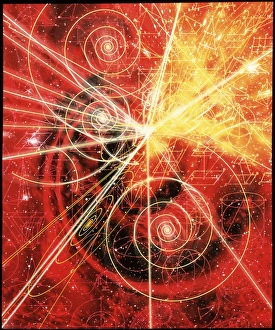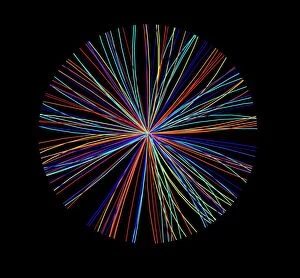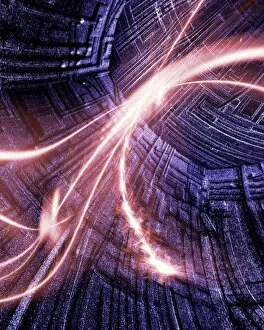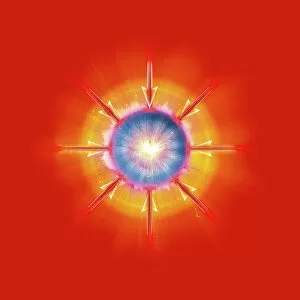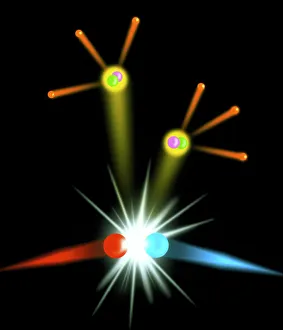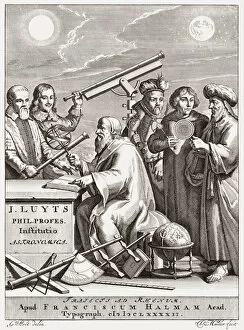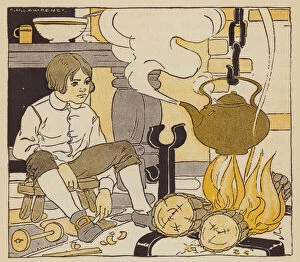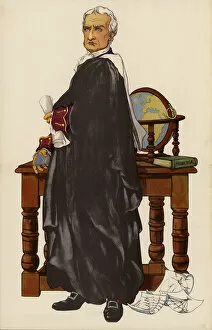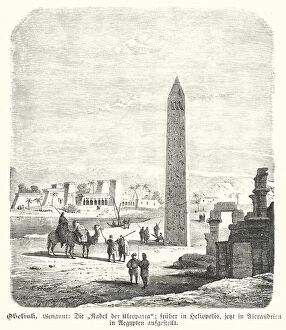Particle Physics Collection
"Unveiling the Mysteries of the Subatomic World: Journey into Particle Physics" Step into the fascinating realm of particle physics
All Professionally Made to Order for Quick Shipping
"Unveiling the Mysteries of the Subatomic World: Journey into Particle Physics" Step into the fascinating realm of particle physics, where invisible forces shape our universe. Witness the intricate dance of particles through mesmerizing particle tracks, revealing their elusive nature. Behold a captivating bubble chamber photo capturing the decay of a sigma particle, unraveling its secrets one frame at a time. Marvel at the sheer power unleashed in proton collision C014 / 1797, as particles collide with unimaginable energy. Delve deeper into groundbreaking discoveries with an awe-inspiring Higgs boson event captured by ATLAS detector C013 / 6892. Explore the cutting-edge technology employed at CERN's ATLAS detector to unlock the mysteries hidden within subatomic realms. Immerse yourself in conceptual artwork depicting the enigmatic Higgs boson and witness humanity's quest to understand its significance. Celebrate history being made as we observe for the first time ever, omega-minus particle - unveiling new dimensions in our understanding of matter. Discover another marvel in CMS detector at CERN - an instrument pushing boundaries and expanding human knowledge. Engage your imagination with conceptual artwork showcasing Higgs boson's profound impact on our understanding of fundamental particles. Experience a vivid portrayal of scientists' relentless pursuit depicted through stunning artwork capturing thrilling particle physics experiments that challenge conventional wisdom. Pay homage to Niels Bohr, father figure of quantum mechanics, through his caricature - symbolizing his immense contributions towards shaping this field and inspiring generations to come. From lead ion collisions generating mind-boggling energies to revolutionary discoveries that redefine scientific frontiers – Particle Physics is an endless voyage filled with wonderment and limitless possibilities. Embark on this extraordinary journey today.

